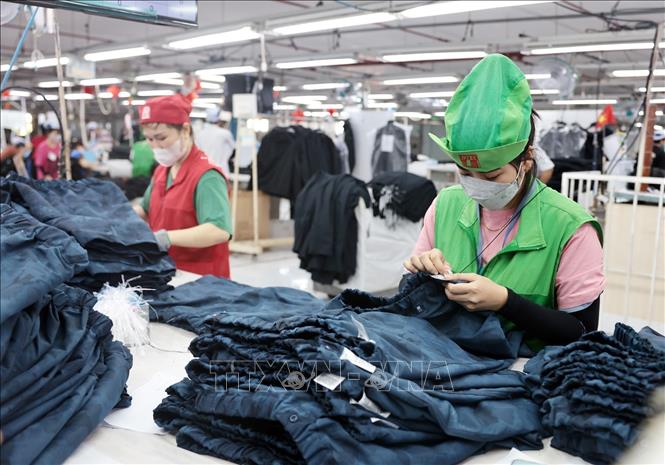
The draft Political Report of the 13th Central Committee of the Communist Party of Vietnam at the 14th Party Congress requires that GDP growth must go hand in hand with improving the Human Development Index (HDI).
The draft report sets the following goals: In the economic field, over the next five years (2026-2030), the goal is to achieve an average GDP growth rate of 10% or more per year; and to reach approximately US$8,500 per capita by 2030.
In the social sector, the goal is to achieve a Human Development Index (HDI) of 0.78; an average life expectancy of approximately 75.5 years for Vietnamese people, with at least 68 years lived in good health; and a poverty reduction rate (according to the multidimensional poverty standard for the period 2026-2030) of 1-1.5% per year.
The Human Development Index (HDI) is an important indicator for a country to reflect the level of social equity and the quality of life of its people. Specifically, there are three groups of criteria: Health (long and healthy lives, measured by average life expectancy); Knowledge (measured by average years of schooling and expected years of schooling); and Income (measured by gross national income - GNI - per capita).
The Human Development Report (HDR) has been published by the United Nations in most years since 1990, according to which the HDI is rated on a scale from 0 to 1, with 0 being the lowest and 1 being the highest.
According to the 2025 Human Development Index (HDI) report of the United Nations Development Programme (UNDP) in Vietnam, published on May 12, 2025, Vietnam's HDI in 2023 reached 0.766, placing it in the group of countries with a high level of human development (ranked 93rd out of 193 countries and territories, an increase of 14 places compared to 2022). From 1990 to 2023, Vietnam's HDI increased from 0.499 to 0.766, a 53.5% increase.
In contrast to the increase in the Human Development Index (HDI), the multidimensional poverty rate has been decreasing year by year. Vietnam was the first country in Asia to adopt the multidimensional poverty standard and is among the top 30 in the world .
Vietnam has issued poverty standards eight times, progressively increasing the basic needs of the people over the following periods: 1993-1995; 1995-1997; 1997-2000; 2001-2005; 2006-2010; 2011-2015; 2016-2020; and 2021-2025.
From 2016-2020, we began applying a "multidimensional poverty standard" which includes criteria on income, the degree of deprivation in accessing basic social services (healthcare, education ; housing, clean water and sanitation, information); and criteria for poor households, near-poor households, and middle-income households.
In the 2021-2025 period, the multidimensional poverty measurement criteria include an income criterion (rural areas: 1,500,000 VND/person/month, urban areas: 2,000,000 VND/person/month).
In 1993, poor households in our country accounted for 58.1%, decreasing to 9.88% in 2015, and by 2024, the number of poor households according to the new multidimensional poverty standard will only be 1.93% (nearly 600,000 households). Including both poor and near-poor households, the figure for 2024 is 4.06% (over 1.2 million households), a decrease of 1.65% compared to 2023.
Most recently, according to the Summary Report on the Implementation Results of the Socio-Economic Development Plan for 2025 and the 5-year period 2021-2025; and the projected socio-economic development plan for 2026 of the Government , the multidimensional poverty rate decreased from 4.4% in 2021 to 1.3% in 2025.
Along with rising incomes, the life expectancy of Vietnamese people has increased significantly. The average life expectancy in our country has jumped dramatically – from around 38 years in 1945, to 60 years in the period 1975-1980, and reaching 74.5 years today.
Currently, Vietnam has nearly 432,000 healthcare workers, reaching a rate of 14 doctors per 10,000 people, with 1,645 hospitals, including 34 central-level hospitals and nearly 500 provincial-level hospitals. Vietnam is aiming for universal free hospital care by 2030-2035.
Vietnam will provide free tuition for all students (over 22 million) from preschool (from 3 months old) to high school in public schools nationwide starting from the 2025-2026 school year. Students in private schools (approximately over 1 million) will receive a subsidy from the state budget equivalent to their public school tuition fees.
In our country, for a long time, GDP growth has consistently been accompanied by improvements in the Human Development Index (HDI). This is because our Party and State have determined that the ultimate goal of a developed, prosperous, and powerful nation is to ensure the happiness and well-being of its people. The 13th Party Congress set forth the motto: "The people know, the people discuss, the people do, the people inspect, the people supervise, and the people benefit."
The people benefiting from the fruits of the country's development is the premise for improving the Human Development Index.
Speaking about the Politburo's resolutions to usher Vietnam into a new era, General Secretary To Lam emphasized: Action programs must be implemented decisively and systematically, using practical effectiveness as a measure of capacity and work results. He stressed the need to continue proposing and suggesting the development of new resolutions based on the principle of "All benefits are for the people. All powers belong to the people," as President Ho Chi Minh once taught.
GDP growth coupled with an improvement in the Human Development Index (HDI) is not a given in every country around the world.
Currently, there are still countries with significant GDP growth but whose Human Development Index (HDI) remains stagnant or lags far behind. This means that in these countries, economic development does not create the impetus to raise the standards of education, healthcare, and living standards of the people.
If economic growth relies solely on industries that utilize cheap labor, the overall standard of living will not improve, and social equity will be lacking.
Unsustainable economic growth resulting from the depletion of resources or the export of cheap goods fails to improve workers' incomes, pollutes the environment, and leaves the future of future generations uncertain.
The benefits of GDP growth are not distributed evenly, or policies prioritize irrationally, such as investing heavily in large projects to boost GDP while investing less in public services like healthcare and education. This also fails to improve the Human Development Index (HDI).
Regarding Vietnam's national development strategy in the new period, the Draft Political Report clearly states: Establishing a new growth model, with science and technology, innovation, and national digital transformation as the main driving forces, and private sector development as the most important driving force; perfecting development institutions associated with the simultaneous implementation of four transformations: digital transformation, green transformation, energy transformation, and transformation of the structure and quality of human resources; attracting and utilizing talent, and promoting the development of new productive forces.
Source: https://baotintuc.vn/thoi-su/gop-y-du-thao-van-kien-dai-hoi-xiv-cua-dang-dong-thuangiua-gdp-va-hdi-20251026081729414.htm







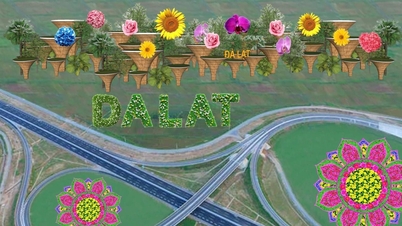

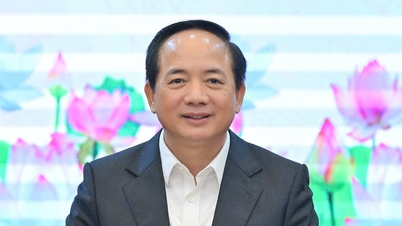


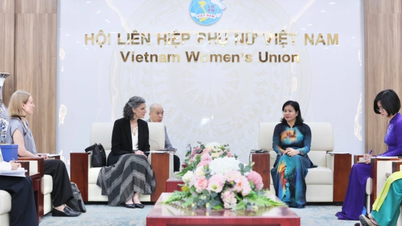


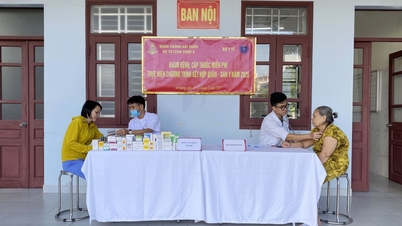


















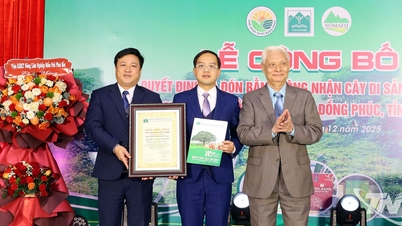













































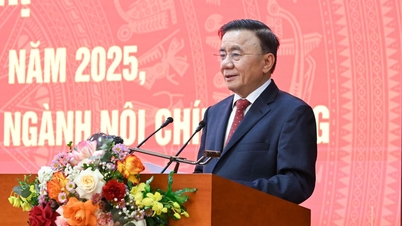







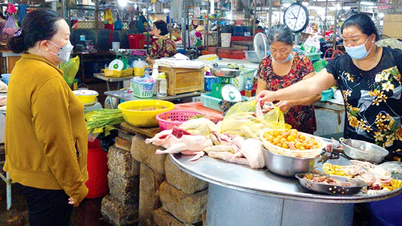



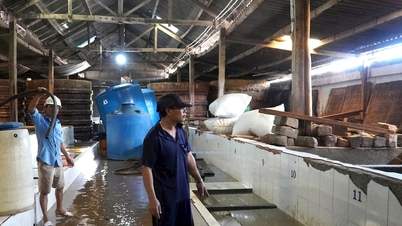













Comment (0)